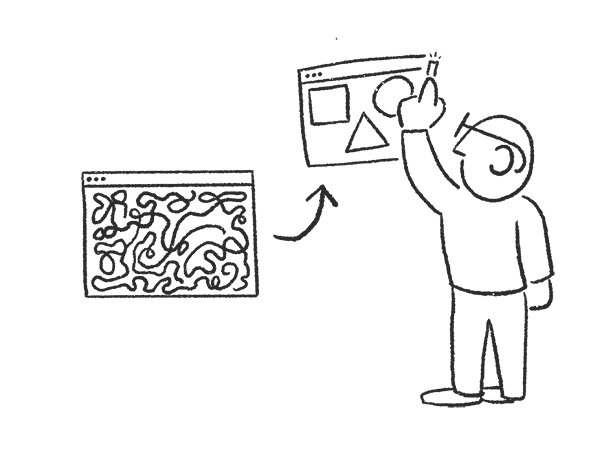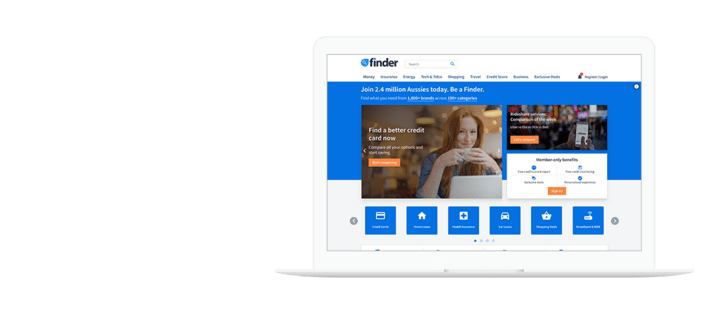We're proud to provide services to our friends in Enterprise.
Blackboard
Blackboard’s shift to a solution-driven digital experience
Blackboard’s transition to a global, solution-driven digital experience in a fast-moving edtech space.

Blackboard’s shift to a solution-driven digital experience

Bringing buyers and sellers closer together.
Pega
Enabling Pega's developers to confidently and quickly respond to customer feedback
On-demand environments for a growing development team

Enabling Pega's developers to confidently and quickly respond to customer feedback
Finder
Generating complex product comparison pages dynamically.
Finder can move faster and provide visitors the freshest information.

Generating complex product comparison pages dynamically.
Localization means more than multilingual.